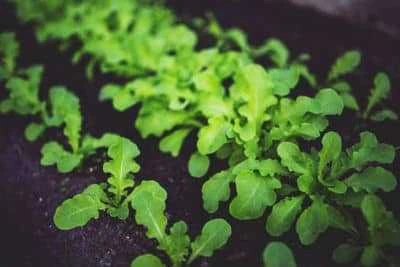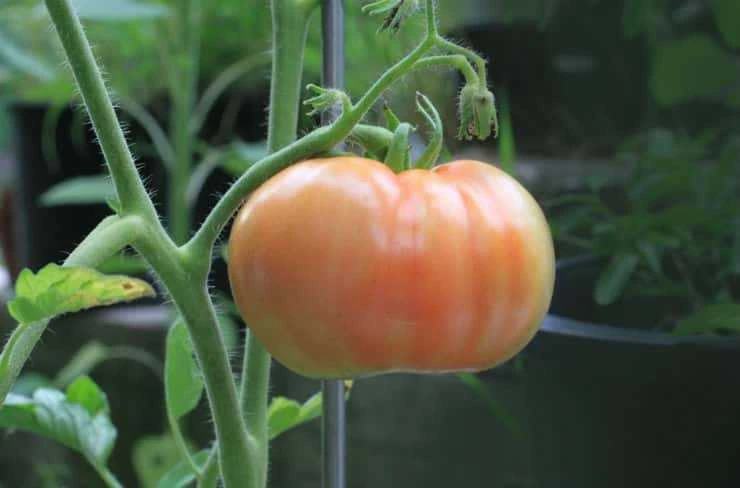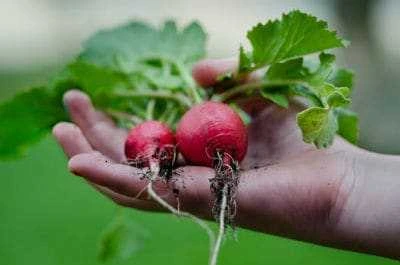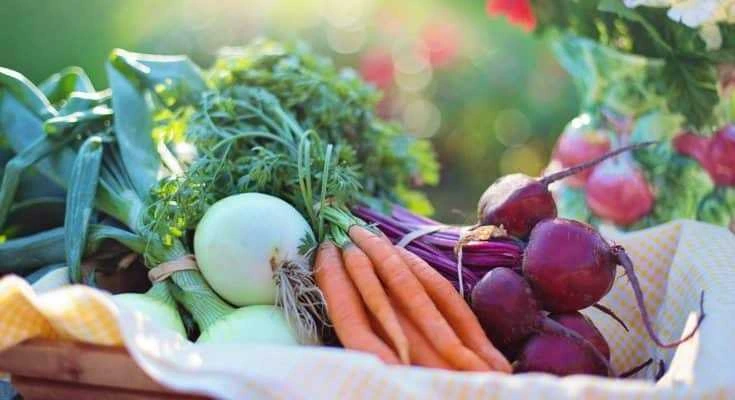For centuries, gardeners and farmers have wisely planned the layout of their gardens to maximize their harvests. This is a method known as succession planting. This technique has maintained its popularity among gardeners and small farmers who need to protect plants while making the most of the garden space they have available during the growing season.
There are a few different techniques for succession planting and different factors that influence their effectiveness. Each of these techniques is designed to make the most of the space available, extend the length of the harvest season, maintain a continuous flow of produce, and result in a higher quality harvest.
Second Planting
The first technique we will discuss involves planting two – or even three – crops in succession. Once one crop is harvested, another one Is planted in the same spot, for example garden beds. This is a great way to maximize crop yields during the growing season. There are some factors to consider when planting multiple crops in succession.
First, make note of the maturation time for each crop. If one takes an average of eight weeks to produce fruit and another takes 12 weeks, it may influence the planting order.
Also, consider the climate during the crop’s growth time. For instance, succession plant those cool season crops such as lettuce, cabbage, and broccoli either in the early spring or fall and save those warm-weather crops for the heat of summer. So planning ahead for your vegetable garden is a very good start, knowing when to sow seeds is important as as when to pick them, so the summer harvest, etc.

Relay Planting
Another aspect of succession planting is when the same crop is planted at timed intervals to provide a continuous yield rather than a large harvest all at once.
For instance, lettuce is often planted in smaller crops a few weeks apart so that it matures and produces a continuous yield. This method, called relay planting, can be done with a variety of crops and is a great way to keep those fresh vegetables coming all season long.
Companion Planting
One of the tried-and-true methods of succession planting is called companion planting. For thousands of years, farmers and gardeners have paired different crops together to promote pollination, maximize space, increase yields, and even help with pest control.

Companion planting can function as a chemical-free pest solution.
For instance, planting a row of marigolds in the garden can attract hoverflies and roundworms, which deters them from nibbling on the crops. Mentioning worms, a nice worm farm setup can always benefit plants and your garden in general.
Try taking the pest deterrent to another level by planting a variety of wildflowers in the garden to function as pollinators and distract insects from the produce. An added bonus is the pop of color and added beauty to the garden! Also, consider planting peppers and basil in the same garden space.
Placing pepper plants 18 inches apart and filling basil in between a few weeks later will mask the smell of the peppers and trick insects into staying away.
Native Americans often combined corn, pole beans, and pumpkins, which they called the “Three Sisters”, in the same plot. The green beans climbed the corn, and the corn shaded the pumpkin vines. The pumpkins’ broad leaves kept the soil cool and humid, which benefited the roots of all three crops

Consider other companion planting techniques, such as planting peas near tomatoes. Peas can reach maturity before the tomatoes get too big to shade out nearby crops, and the peas will release nitrogen into the soil, benefiting the tomato plants.
Lettuce can also be planted near tomatoes, as it can benefit from the cooler soil that the tomatoes provide with their shade.
Some crops, however, should not be planted near each other, as it increases the risk of creating hybrids. Peppers and summer squash (winter squash too) like to cross and create a crazy-looking hybrid almost no one would want to eat. Also, make sure to place vertical trellises or tall plants, summer crops, such as sunflowers, to the north of the garden so that they will not shade out those crops that need plenty of sunlight to thrive.
Same Crop, Different Varieties
There can be dozens, even hundreds, of varieties of the same crops that just have different maturation times. Some may produce yields fairly early in the season and others much later. For instance, some types of bush and pole beans take 50 days to mature, while others take 75 days or longer.
This type of succession planting is a great way to spread out the harvest time so that there is a continuous flow of produce.
Map It Out
Most succession planting methods can be perfected by trial and error. Before spring planting begins, grab a pencil and some paper and design a succession gardening plan that takes into consideration all the factors we have discussed.
Most importantly, consider climate and maturation times. If it does not work as well as had been hoped, just tweak the map again before next spring.

Conclusion
When done effectively, succession planting can double a harvest while also providing pest control. Whether planting a second crop, companion crops, or staggering yields by planting different varieties of the same crop, these succession planting techniques can greatly benefit our gardens.

